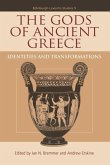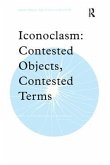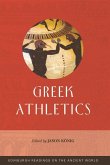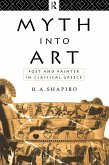How did figure painting fit into the economic and artistic life of Pompeii? Did the best painters work in conjunction with one another? Did they paint only the important pictures in the best rooms and, if so, who painted the rest? Were the best houses the showplaces for these painters' work? If not, what was the function of these decorations in Pompeian life? L. Richardson, jr, has had a long and distinguished career writing about Roman art and architecture, particularly that of the companion town of Pompeii and its environs. In this newest work, he attributes many of the surviving wall decorations to particular painters. It is a catalog in the true sense, grouping the pictures by style and then by painter. Richardson describes the salient characteristics of a painter's work, and then inventories the pictures he attributes to that painter, together with cross-references to other catalogs and sources of good reproductions. The book will serve as a valuable resource for specialists in classics and art history, as well as a unique guide for intellectually adventurous tourists visiting the Museo Nazionale at Naples and the sites of Pompeii, Herculaneum, and Stabiae.
Hinweis: Dieser Artikel kann nur an eine deutsche Lieferadresse ausgeliefert werden.
Hinweis: Dieser Artikel kann nur an eine deutsche Lieferadresse ausgeliefert werden.







